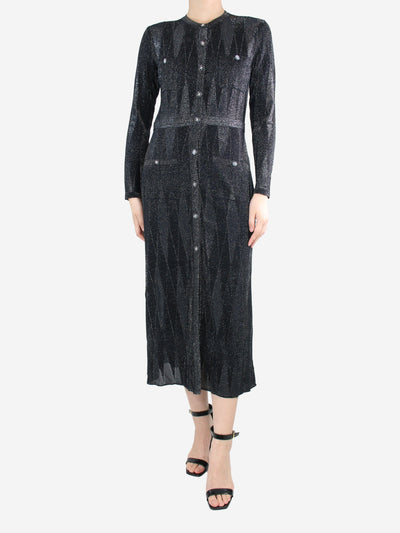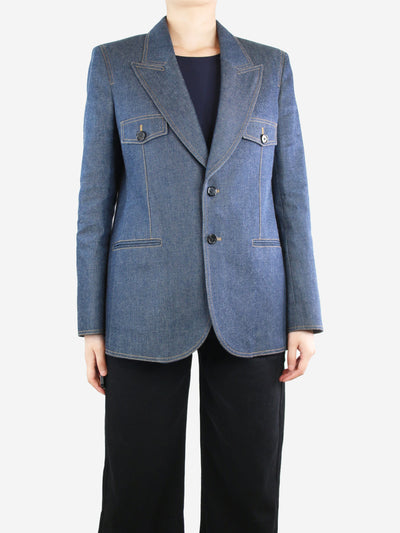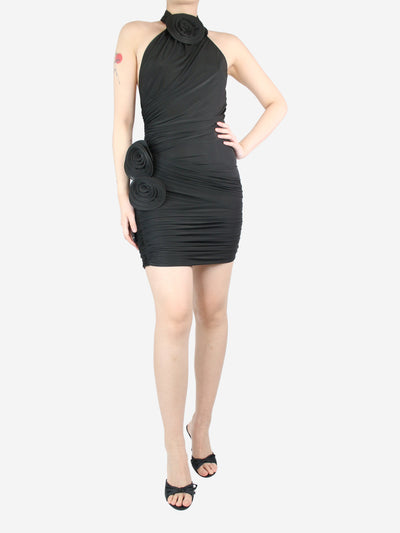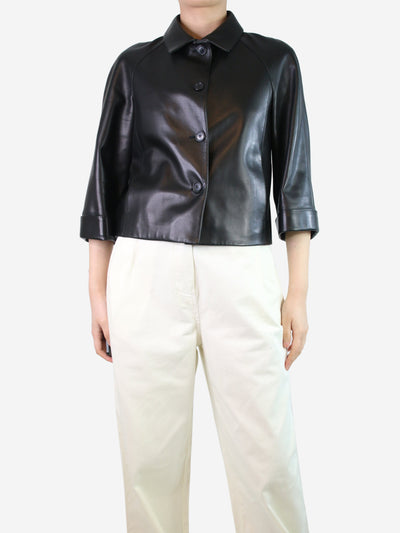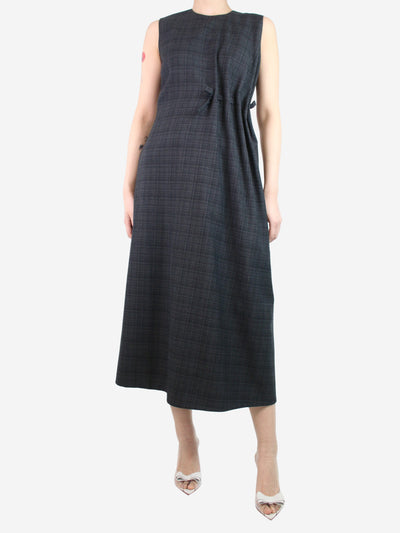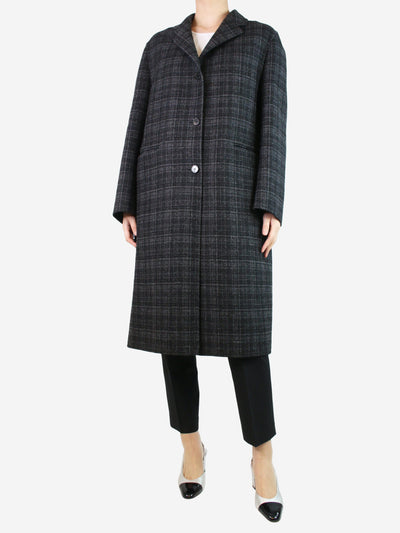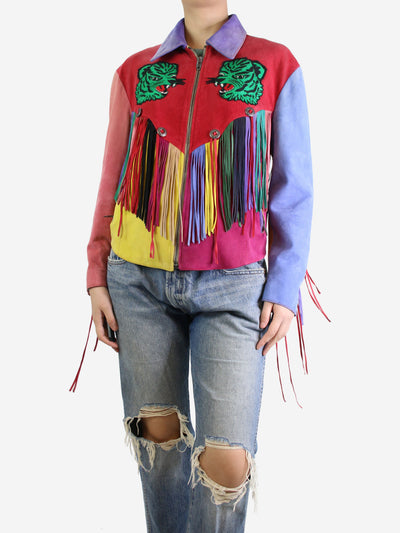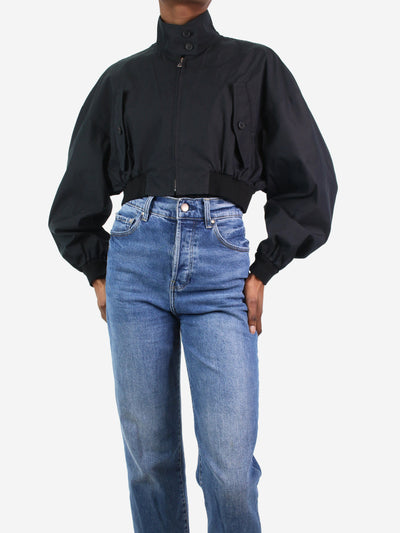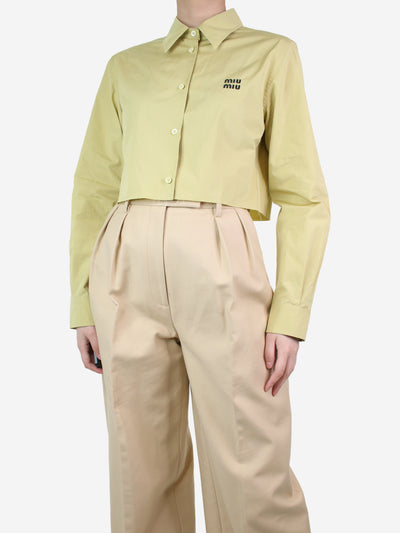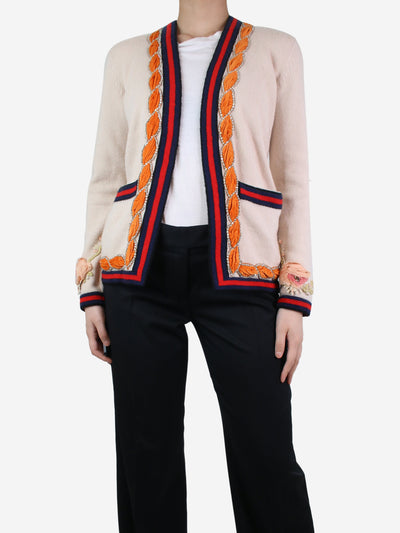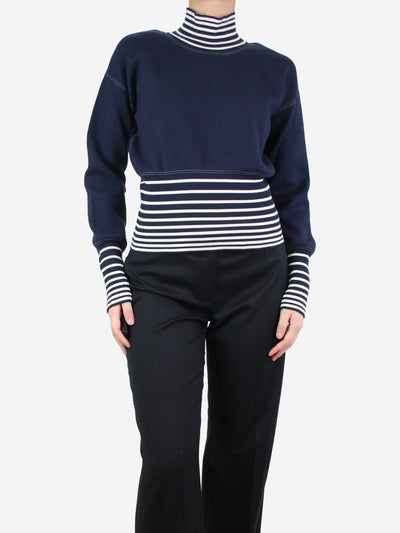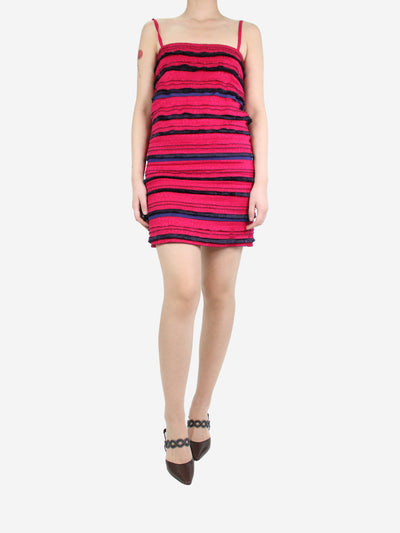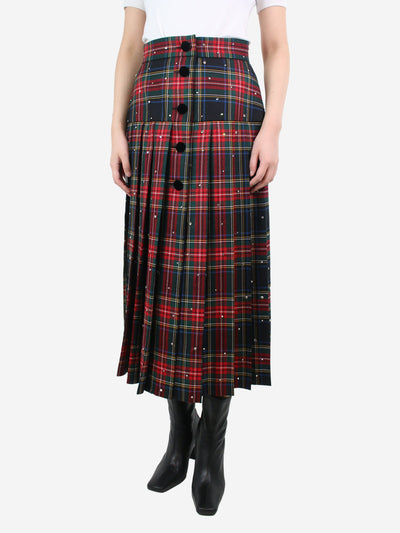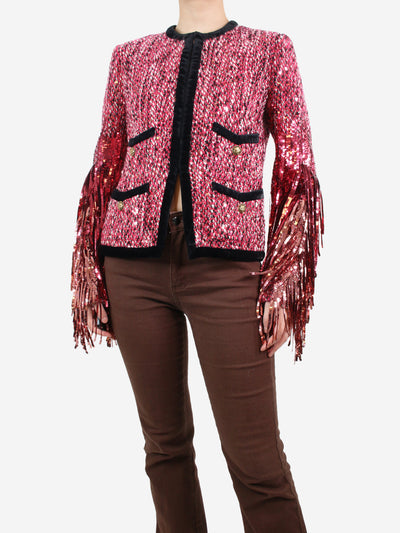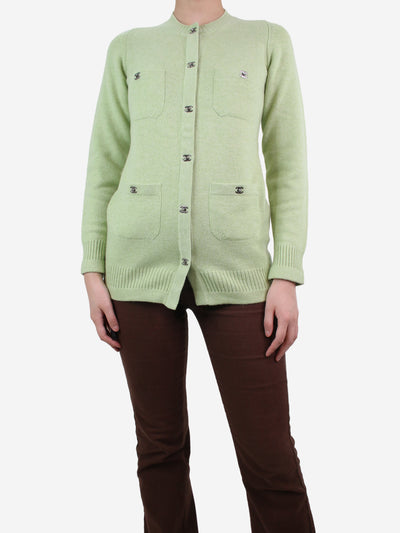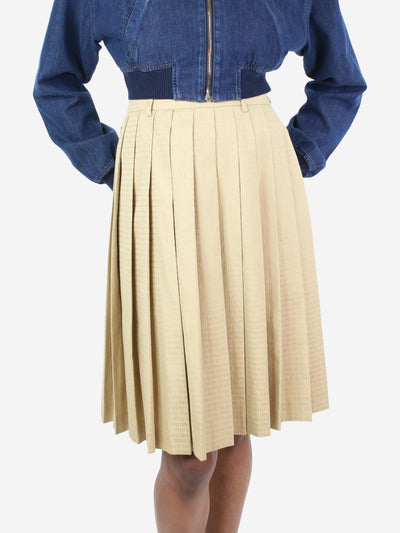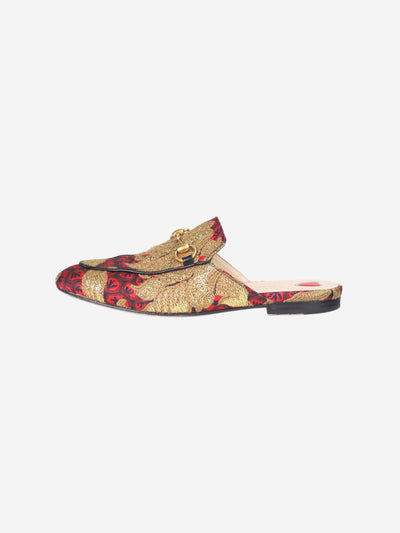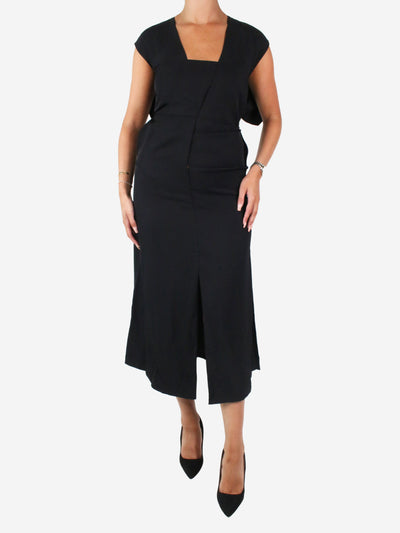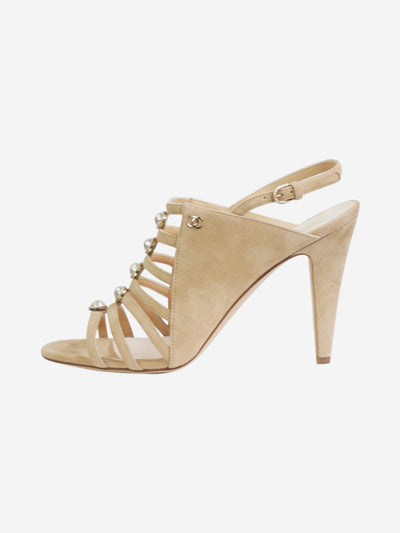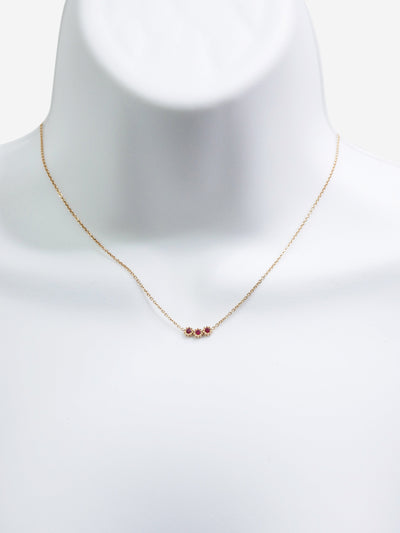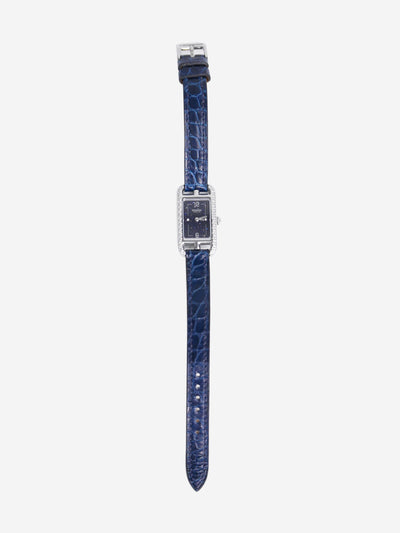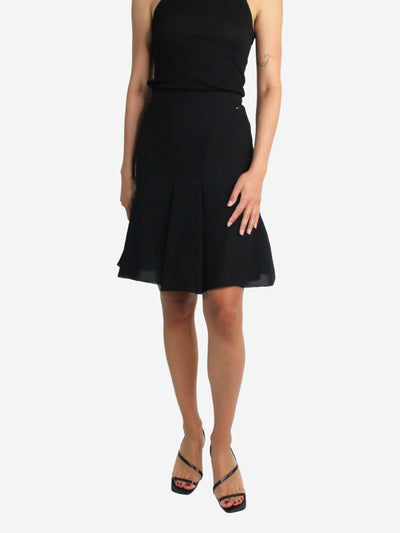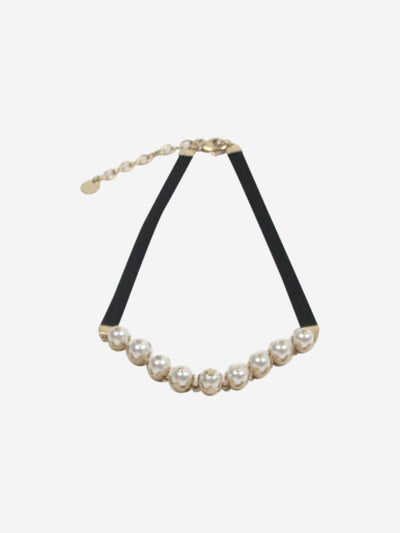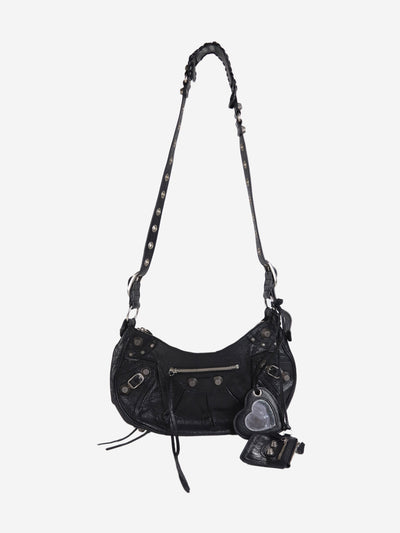A brief history and guide to our Sign Icons
Posted on
To celebrate Secondhand September, we are giving away five iconic designer handbags. Preloved, of course! Here’s everything you need to know about the brand, craftsmanship and value behind each of the iconic handbags.
THE HERMÈS BIRKIN

Who would have thought that one of the most coveted accessories of the past three decades would be born in the sky, in 1984, on a flight from Paris to London? British actress Jane Birkin, sitting next to Jean-Louis Dumas, Executive Chairman of Hermès (1978-2006), was complaining that she couldn't find a bag suitable for her needs as a young mother. A born creator with a keen eye, he immediately sketched a supple and spacious rectangular holdall with a burnished flap and saddle stitching – with a dedicated space for her baby’s bottles! Jane Birkin receives a nominal royalty from Hermès for the use of her name, reported to be around $30,000 per year, of which she donates to charity.
Classic Birkin bags come in four different sizes: 25, 30, 35 and 40, which basically means there’s a Birkin bag for every occasion. Each number stands for the bag’s width in centimetres.
Hermès offers up to an impressive 30 types of leathers. Differing in softness, texture and sturdiness; the type of leather has a surprising effect on the overall shape and wear of the bag over time. Calfbox leather was used on the first Birkin bags – heritage choice – and is recognisable for its smooth finish, although highly susceptible to scratches and watermarks. Epsom and Togo (introduced in 1997) tend to be the most sought after — and also the most distinct — as Epsom tends to be more rigid, whereas Togo is softer. Togo leather is the most absorbent of colour. It is supple and matte at first, but becomes shinier over time, whilst Epsom leather is hard wearing, ensuring the bag's structure is retained years on end. Togo bags are often stitched inside, and Epsom outside, which are respectively known as Retourne and Sellier types of stitching. The Sellier stitching is on the outside which gives the bag a more structured shape, while Retourne stitching is on the inside giving the bag a more rounded shape.
Each Birkin takes 2 days to make and is made by one single Hermès artisan who is trained for 3-4 years before making the bag. Hermès also offers a special order on Birkin bags - known as HSS (Hermes Special Order) - for VIP customers. These highly customisable handbags feature an embossed horseshoe stamp next to the Hermes logo stamp, and tend to sell at premium prices on the secondhand market.
The most expensive Birkin ever sold at auction – in just 4 minutes, was for $300,168. The matte Himalayan crocodile edition, purchased by a private collector at Christie’s Hong Kong, featured white-gold details and 245 F-color diamonds. Studies have shown that rare Birkin bags have averaged a 14.2% annual return over the past few decades—an average return that beats out both the S&P 500 index and the price of gold. It's said that it is worthwhile investing in Birkins to beat the stock market! However, getting your hands on a Birkin isn’t easy. With around 200,000 in circulation, customers must form a long-standing purchase history and relationship with a sales assistant at Hermès to be offered the opportunity to purchase a Birkin, so investing in a preloved Birkin is your best bet.
What you might not already know is that an empty Birkin bag can weigh around 1kg. It’s the most televised bag ever – appearing on Sex & the City in 2001 – and a celebrity favourite. Victoria Beckham is rumoured to have over 100 Birkins, a collection worth up to two million dollars, whilst Kim Kardashian has been seen wearing a hand painted Birkin by George Condo!
The debate persists as to how one should wear their Birkin: all locked up and closed, flap closed and sides cinched, sangles on potent, flap on turnlock or open wide with loose sangles. For an off-duty look, the Birkin is most commonly worn with the flap and lock closure open. How would you wear your Birkin?
THE CHANEL FLAP BAG

In 1929, Coco Chanel created the first Flap Bag. Crafted out of jersey, a material that was then primarily used to make men’s underwear; her design piqued everyone’s interest. Once again, Coco Chanel had proven that the line between menswear and womenswear was actually quite fine.
Following her exile from fashion after WWII, Coco decided to celebrate her return by updating the Chanel Flap Bag. At the time, women only carried their bags by hand, clutching them or looping their wrists through the straps. Tired of always fumbling and misplacing hers, Coco Chanel made the chain straps on her design longer. In February 1955, she introduced the first shoulder bag for women: named the Chanel 2.55 Flap Bag, after its release date. Making it socially acceptable (and fashionable!) for women to carry their belongings hands-free - it was a revolutionary design.
Not only famous for its shoulder-length straps, Coco Chanel included many other details that have since become iconic. She quilted the exterior material (to resemble the jackets her equestrian friends wore), stitched on an exterior pocket (to store her cash for tipping), secured its exterior flap with a simple, rectangular lock (since dubbed the Mademoiselle, as Coco never married) and hid a pocket in its interior flap (so she could secretly store her love letters). To honour her youth spent in a French Convent orphanage; the 2.55's burgundy interior lining is said to be reminiscent of the uniform she wore at the orphanage, whilst the Chain Link Strap takes reference from the same practical key-chains used by the nuns. Due to a scarcity of resources at the time of The Great Depression, Coco Chanel replaced the original chain links with leather filled straps. Today, the Classic Flap exclusively uses leather-woven straps. Each element of the Chanel 2.55 Flap Bag shares Coco’s personal story, uniting its carrier to her in a truly intimate way.
When Karl Lagerfeld was appointed creative director, he re-released the 2.55 as the Chanel Classic Flap Bag. While Lagerfeld kept most of its original details in homage to Coco Chanel and the house’s heritage, he did make some modernising changes. In 1984, he replaced the Mademoiselle lock with the ‘CC’ logo turn lock, branding the Flap Bag into a more recognisable Chanel icon. Lagerfeld also introduced a range of sizes. Today, the Flap Bag can be purchased in Extra Mini, Mini Rectangular, Mini Square, Small, Medium, Jumbo, and Maxi. Around six years later, in the 90's, Lagerfeld removed its smaller interior flap, freeing up space in the Flap Bag’s main compartment for extra belongings. This redesign was referred to as the Chanel Single Flap Bag.
In 1955, the 2.55 flap was only worth $220. Since then, its value has increased by 12.5% every year. In 2018, it was $5,600 and in 2022 between 9.2-9.3k. With the current rate of price increases, we suggest getting your hands on a Chanel classic flap as soon as possible! When considering the value of investing in a classic flap at preloved prices, don't forget that all models made before 2008 use 24k gold plated hardware. You'll recognise these bags for the hardware’s warmer and richer golden tone.
The elegant design and history behind the Classic flap has made it, by far, one of the most coveted designer handbags in the secondhand market. As trends come and go, its elegant design will always be a worthwhile investment.
THE DIOR SADDLE BAG

"It’s official: the Saddle remains a decade-defying "It" bag." VOGUE
Designed in 1999, Dior‘s recognisable Saddle Bag debuted on the runway for John Galliano‘s Spring/Summer 2000 collection – the rest is history. The bag is recognisable for its equestrian silhouette, taking reference from a jockey’s seat. It’s old-time folklore that Galliano drew inspiration for the visionary work of fashion photographer Helmut Newton’s photo: Saddle I, Paris, 1976. In black and white, the picture is a visually arresting portrayal of a woman with a jockey’s saddle on her back.
The bag quickly became the most talked about accessory, with every it-girl of the naughties sporting the kidney-shaped purse on their shoulder – from Sarah Jessica Parker‘s Sex and the City character Carrie Bradshaw to Paris Hilton. Appraised for its ‘off-kilter cool’ structural design, the Saddle Bag has since become the defining piece for the luxury fashion house.
Fast forward to 2018, the Saddle Bag was resurrected after being discontinued in 2012. Reimagined by Kim Jones in his debut collection for Dior Homme and Maria Grazia Chiuri for her Fall/Winter 2018 range, the timeless beauty of the house’s formerly best-selling piece was successfully revamped and revived as a boho-chic cross-body bag and menswear accessory. The piece has quickly resumed its status as a street style staple, with the it-girls today rocking vintage Galliano and modern iterations of the beloved piece. Proving that the Saddle isn’t just a naughties icon, but stands the test of time – becoming the very heart of Dior’s Ateliers.
The price of standard Saddle Bags range between $3,350 to $4,100, whilst the Mini Saddle bag ranges between $2,700 and $2,950. Due to its popularity, the collection now includes saddle wallets, purses, backpacks, belt bags and more. Kim Jones’ latest collaboration with Travis Scott brought about a limited edition double Saddle bag with a horseshoe shaped handle in metal hardware, reminiscent of Texas cowboys.
THE LOUIS VUITTON SPEEDY

The first-ever handbag designed by Louis Vuitton, the Canvas Speedy was born as a smaller and more portable interpretation of the coveted Keepall duffle bag. Prior to 'Speedy', it was formally introduced as the 'Express' in 1930. An homage to the travel revolution and the era of fast-paced living, the Express was a travel bag designed to meet the needs of busy women commuting between home and the office on weekdays, and the 'countryside rush' on weekends.
It was not until Audrey Hepburn requested a miniaturised version of the Express that the Speedy, as we know it, became iconic. In 1959, Louis Vuitton fulfilled Hepburn's wish and introduced the 25cm wide Canvas Speedy: a bag that Hepburn could use daily. Now an iconic everyday city-bag today, the Speedy's competitive prince point - capping at $1000 - is one of the reasons why it is so widely coveted as an entry-level handbag.
The classic version of the bag consists of a large piece of canvas encompassing the structure which gives it its unique upside down LV logo on one side of the bag. Two other pieces of canvas form the sides. The Louis Vuitton canvas is sturdy, and made to last since it was initially crafted for travel use. It is also water and scratch resistant. The top handles and the piping trim are covered with untreated premium cowhide leather also known as Vachetta. Vachetta leather tends to patina/darken with its exposed to the elements, turning into a honey shade and eventually to a dark brown colour.
Inside out, the honey-brown cotton canvas lining provides practical protection for the leather. While the original 30 cm size remains the most popular, the bag is available in sizes ranging from 25 cm to 40 cm in width. The rolled leather of the top handles is employed with durability in mind. A single hanging pocket outfits the bag in the ultimate luxury —an accessible place to stash important to-keep-track-of-items.
The Speedy was initially available in three sizes 30, 35, and 40. Size 45 becomes a Keepall. The Speedy has withstood the test of time and gained the title of a coveted classic.
THE SAINT LAURENT KATE
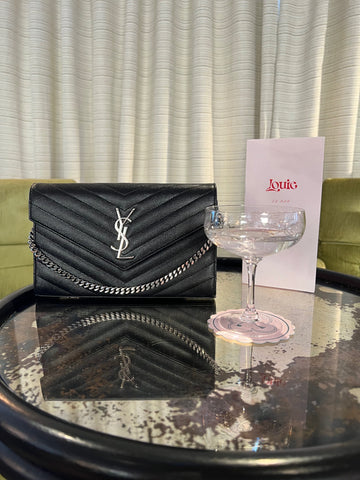
The YSL Kate is one of Saint Laurent’s most recognisable, and glamorous handbags. After World War II and the industrial revolution, handbags took a turn away from their traditional roots which stemmed from equestrian equipment, and Yves Saint Laurent was a trailblazer in this re-imagination. Inspired by the masculine wardrobe, founder Yves Henri Donat Mathieu-Saint-Laurent was iconic for revolutionising the female style and introduced a cooler, edgier aesthetic to fashion.
The Saint Laurent Kate bag was named after Kate Moss and is a rectangular-shaped bag, considered small in size. Featuring the interlocked YSL initials on the front flap and a chain shoulder strap, the Kate bag comes in two versions – one with a non-removable tassel which hangs from the bottom of the logo and one without.
An ever-elegant choice to accompany evening-wear, the Kate has a thin chain shoulder strap and compact, wallet-like interior, perfect for storing a phone, card holder, keys and lipstick. Although the strap is undetachable, it can be tucked inside or wrapped around the flap to transform this sleek bag into a clutch or shoulder bag. One of the most striking features of the Saint Laurent Kate bag is its delicate chain tassel which hangs below the signature YSL emblem, swishing gently with every movement. It comes in a range of leathers, including smooth, grained and croc-embossed leather. We suggest opting for a grained or croc-embossed leather. They are less prone to visible damage, ensuring your investment in the dainty number is durable and hard-wearing. Hardware pieces such as chains from past jewellery lines were recycled into handbag lines in later collections.
Our tip for authenticating The Saint Laurent Kate is to check that the chain links on the strap are made with flat-faced links and that the underside of the flap is stamped with the Saint Laurent Paris signature.
Want to win one of these luxury iconic handbags? Enter our exclusive Secondhand September giveaway and one of these Sign Icons could be yours.
Written by
Thalia Guarnieri
Published at
-
-
- Choosing a selection results in a full page refresh.
- Press the space key then arrow keys to make a selection.

